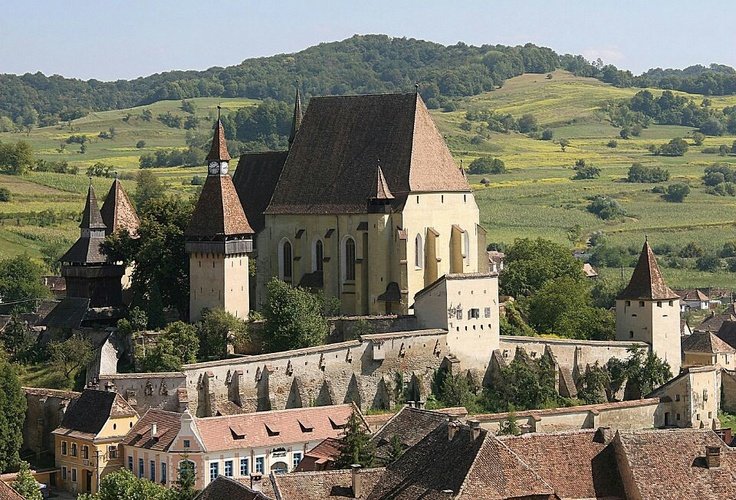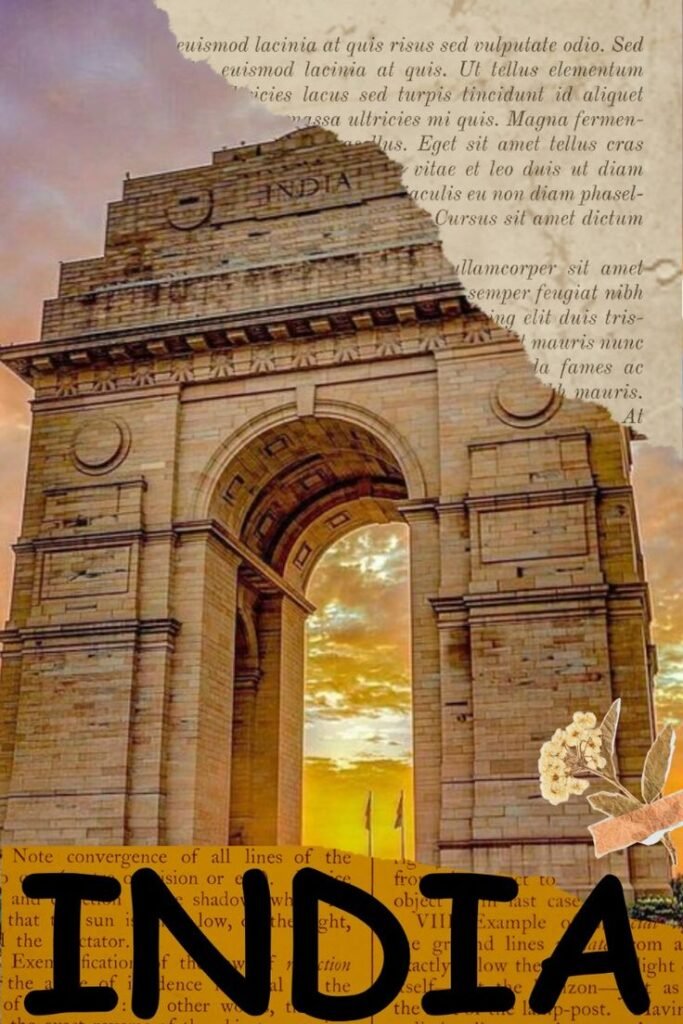India’s Rich Verifiable Woven artwork
India, a place that is known for different societies, dialects, and customs, is home to probably the most generally critical milestones on the planet. From antiquated civic establishments to the cutting edge time, India’s set of experiences is composed across its scenes, in its urban communities, landmarks, and vestiges. These spots not just stand as observers to the country’s dynamic past yet in addition act as images of the battles, triumphs, and social mixture that have formed India.
In this blog entry, we will investigate the renowned spots in Indian history that have made a permanent imprint on the nation’s legacy. Whether a landmark remains as a demonstration of compositional brightness or a front line where history was made, each site has a novel story to tell.
We should take an excursion through probably the most famous and generally rich spots in India.
Segment 1: Old Marvels – The Foundations of India’s Civilization
1.1 The Indus Valley Civilization – Mohenjo-Daro and Harappa
India’s set of experiences as one of the world’s most seasoned developments starts with the Indus Valley Human progress (IVC), which prospered around 3300-1300 BCE in the northwestern locales of the Indian subcontinent. This old development, which traversed present-day Pakistan and portions of India, is one of the most interesting archeological disclosures of the advanced world.
Mohenjo-Daro: One of the main urban areas of the IVC, Mohenjo-Daro, was a very much arranged metropolitan settlement situated close to the Indus Stream in present-day Sindh, Pakistan. Known for its high level seepage frameworks, bathhouses, and refined engineering, Mohenjo-Daro gives us a brief look into a profoundly coordinated society.
Harappa: Also, Harappa in cutting edge Punjab (Pakistan) is one more significant city of the IVC, known for its huge, matrix like roads, which mirror the high level metropolitan preparation of the time. Harappa is an old focus of exchange and culture, with proof of horticulture, make businesses, and shipping lanes.
The two urban communities act as a wake up call of a tragically missing human progress that flourished with wonderful headways in innovation, science, and social association.
1.2 The Old Buddhist Destinations – Sarnath and Bodh Gaya
Buddhism, which began in India, has a rich history and heritage that is reflected in its sacrosanct spots. Among the most renowned Buddhist tourist spots are Sarnath and Bodh Gaya.
Bodh Gaya: where Master Buddha accomplished edification under the Bodhi tree is maybe quite possibly of the most holy site on the planet. Situated in the territory of Bihar, Bodh Gaya has been a journey site for Buddhists for quite a long time, drawing in guests from around the globe who come to encounter the otherworldly climate and witness the Mahabodhi Sanctuary — an UNESCO World Legacy site.
Sarnath: Situated close to Varanasi, Sarnath is where Buddha conveyed his most memorable lesson subsequent to achieving edification, getting under way the lessons of Buddhism. The site includes the Dhamek Stupa, worked in the fifth 100 years, as well as a gallery exhibiting relics from the hour of the Buddha.
Area 2: Archaic Wonders – The Brilliant Period of India
2.1 The Taj Mahal – An Image of Adoration and Engineering
No conversation of India’s verifiable tourist spots would be finished without referencing the Taj Mahal, quite possibly of the most well known and delightful landmark on the planet. Worked by Head Shah Jahan in memory of his better half Mumtaz Mahal, the Taj Mahal remains as a getting through image of affection and Mughal building brightness.
Agra: Situated in the city of Agra in Uttar Pradesh, the Taj Mahal is an UNESCO World Legacy site and one of the Seven Miracles of the World. The landmark, developed totally of white marble, highlights perplexing carvings, glorious arches, and far reaching gardens. The evenness of the construction, as well as the utilization of valuable gemstones and marble, makes it a show-stopper of Mughal design.
2.2 Qutub Minar – A Landmark of Triumph
The Qutub Minar, situated in Delhi, remains as one of the tallest block minarets on the planet. Worked in 1193 by Qutb-ud-Clamor Aibak, the organizer behind the Delhi Sultanate, the Qutub Minar is an image of the triumph of Islam in India.
The Qutub Minar is a compositional wonder, with engravings in Arabic on the pinnacle that portray the historical backdrop of the Islamic rulers in India. The minaret is 73 meters tall and has five unmistakable stories, each obvious by an overhang. The encompassing Qutub Complex is additionally home to a few other verifiable designs, for example, the Quwwat-ul-Islam Mosque and the Iron Mainstay of Delhi.
2.3 Fatehpur Sikri – The Mughal Capital in the Wild
Worked by Ruler Akbar, Fatehpur Sikri filled in as the Mughal capital for a concise period in the sixteenth hundred years prior to being deserted. Situated close to Agra in Uttar Pradesh, the city was built with fabulous royal residences, yards, and mosques, consolidating Mughal, Persian, and Indian design styles.
Buland Darwaza: One of the most noteworthy designs at Fatehpur Sikri, the Buland Darwaza is a monstrous door worked to honor Akbar’s triumph in Gujarat. The entryway stands 40 meters high and fills in as a demonstration of the glory of the Mughal Domain.
Segment 3: Frontier Reverberations – The English Raj’s Inheritance
3.1 The Red Stronghold – An Image of Mughal and English Power
Situated in the core of Delhi, the Red Stronghold was the home of Mughal sovereigns for about 200 years. It is perhaps of the main verifiable milestone in India, both as an image of Mughal power and later as a site of huge occasions during the English frontier period.
Delhi: The Red Stronghold, or Lal Qila, is an UNESCO World Legacy site and highlights dazzling Mughal design, including its monstrous walls, curves, and vaults. It likewise filled in as the scenery for the main Indian Conflict of Freedom in 1857, when the English powers caught the stronghold.
3.2 Entryway of India – A Landmark of English Imperialism
The Entryway of India, situated in Mumbai, was worked during the mid twentieth hundred years to honor the visit of Ruler George V and Sovereign Mary to India in 1911. The landmark, planned in the Indo-Saracenic style, has turned into an image of India’s pioneer history and its possible battle for freedom.
Mumbai: The Door of India remains at the edge of the Middle Eastern Ocean and has seen various authentic occasions, including the takeoff of the last English soldiers from India in 1948, denoting the finish of English rule in the country.
3.3 Victoria Dedication – The Core of English Calcutta
The Victoria Dedication, situated in Kolkata, is a dazzling illustration of provincial engineering and a recognition for Sovereign Victoria. Implicit the mid twentieth hundred years, this stupendous construction joins English and Mughal styles and houses a historical center committed to India’s set of experiences under English rule.
Kolkata: The Victoria Commemoration is perhaps of the most famous milestone in Kolkata and fills in as a sign of the provincial time. The remembrance is encircled by rich gardens and mirrors the magnificence of the English Domain, even as it remains as an image of India’s battle for freedom.
Segment 4: Opportunity Battles – Destinations of Progressive Developments
4.1 Cell Prison – The Andaman Islands’ Dull Past
The Cell Prison in the Andaman and Nicobar Islands remains as a troubling sign of India’s opportunity battle contrary to English frontier rule. Known as “Kala Pani,” the prison housed various Indian political dissidents who were exposed to severe circumstances.
Port Blair: The Cell Prison is presently a public dedication and historical center. It was here that progressives like Go Savarkar and numerous others were detained for their part in the autonomy development. The narratives of misery and boldness keep on rousing guests who come to honor the individuals who battled for India’s opportunity.
4.2 Jallianwala Bagh – An Unfortunate Sign of Pilgrim Mistreatment
Situated in Amritsar, Jallianwala Bagh is the site of quite possibly of the most awful episode in India’s set of experiences. In 1919, English soldiers, under Broad Dyer, started shooting at a tranquil social event of thousands of Indians fighting pioneer rule, killing hundreds and harming some more.
Amritsar: Today, Jallianwala Bagh is a commemoration park, with a fire of recognition, plaques, and an exhibition hall specifying the occasions of that pivotal day. A position of reflection for those wish to comprehend the outrages committed during English rule and the penances made by the Indian nation in their battle for freedom.
Segment 5: Present day India – Another Time of Milestones
5.1 India Door – A Recognition for Penance
India Entryway, situated in the core of New Delhi, is a conflict remembrance committed to the troopers who kicked the bucket during The Second Great War. The landmark’s stupendous plan and verifiable importance make it a focal milestone in India’s cutting edge capital.
New Delhi: Worked in 1931, India Door is a notable image of the country’s nationalism and penance. It includes the names of more than 13,000 fighters who passed on during the conflict and stays a site of public significance, particularly during occasions like Republic Day festivities.